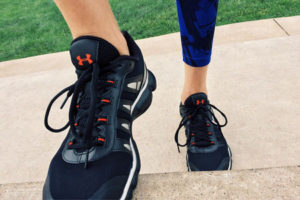 Antihistamine meds and weight gain
Antihistamine meds and weight gain
Here’s another good reason to treat Histamine Intolerance with diet rather than with drugs: Many antihistamine meds can increase your appetite and cause unwanted weight gain.
In fact, an antihistamine medication called cyproheptadine is actually prescribed by doctors as an appetite stimulant.
Other antihistamines, such as fexofenadine and cetirizine can also stimulate the appetite. These drugs are prescribed for allergies, but one of their side effects can be weight gain.
“Histamine-1 (H1) receptor blockers commonly used to alleviate allergy symptoms are known to report weight gain as a possible side effect,” according to a report from the Obesity Society. [1]
H1 blockers (also known as H1 antagonists), are a class of medications that block the action of histamine at the body’s H1 receptor. This provides relief from allergic reactions such as hayfever, insect bites, allergic conjunctivitis and contact dermatitis.
Antihistamines are useful medications, and you should follow your doctor’s advice. However, many “allergic reactions” are exacerbated by Histamine Intolerance , a condition that can be treated naturally with diet instead of drugs.
Some common H1 blocker antihistamine meds and their brand names include:
- Cetirizine (Zyrtec)
- Loratadine (Claritin)
- Acrivastine (Benadryl Allergy Relief (UK), Semprex (US)
- Terfenadine (Seldane (US), Triludan (UK), and Teldane (Australia))
- Fexofenadine (Allegra)
If you suffer from allergic reactions and depend on antihistamine meds for relief, consider following the Strictly Low Histamine Diet to lower your histamine levels.
References:
[1] Ratliff, J. C., Barber, J. A., Palmese, L. B., Reutenauer, E. L. and Tek, C. (2010), Association of Prescription H1 Antihistamine Use With Obesity: Results From the National Health and Nutrition Examination Survey. Obesity, 18: 2398–2400. doi:10.1038/oby.2010.176











